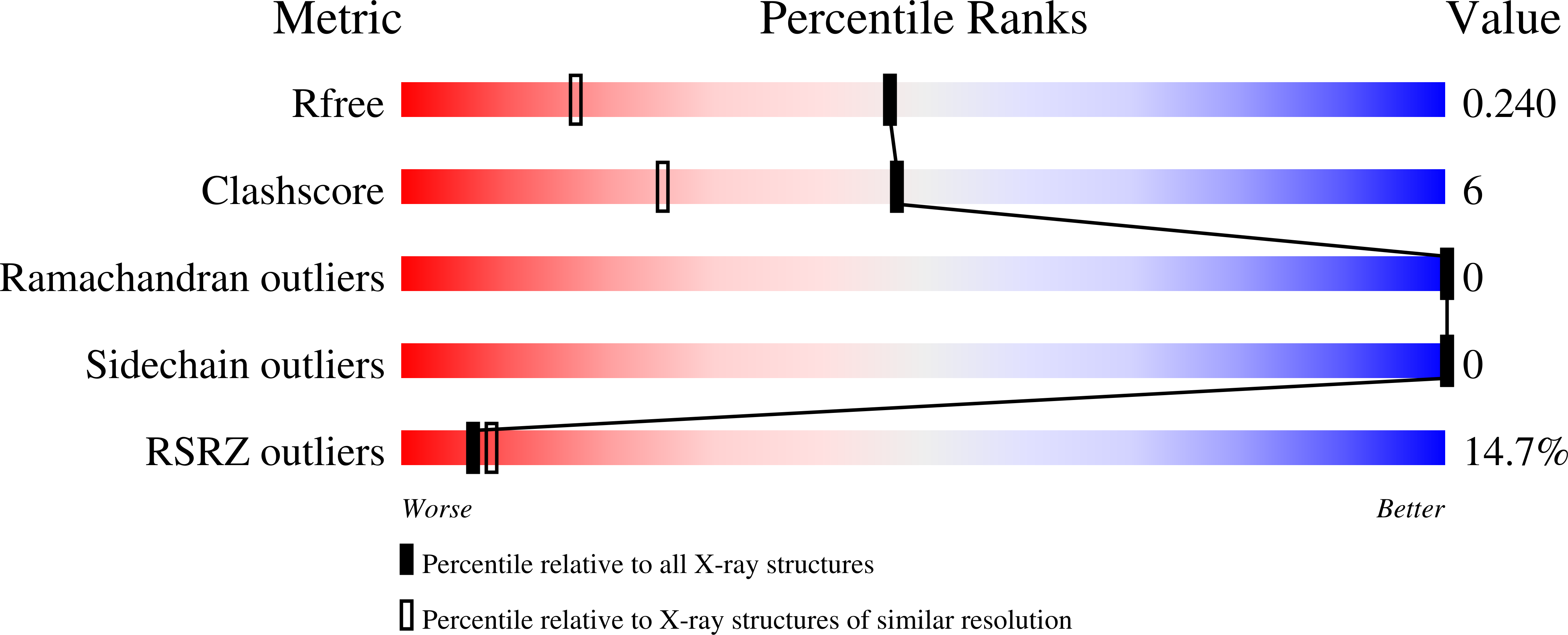
Deposition Date
2024-03-17
Release Date
2025-04-23
Last Version Date
2025-05-14
Entry Detail
PDB ID:
9EP5
Keywords:
Title:
GH191 family Alpha-Galactosaminidase from Environmental sample (99.2% identity to Myxococcus fulvus enzyme)
Biological Source:
Source Organism:
environmental samples (Taxon ID: 321930)
Host Organism:
Method Details:
Experimental Method:
Resolution:
1.64 Å
R-Value Free:
0.24
R-Value Work:
0.19
Space Group:
C 2 2 21


